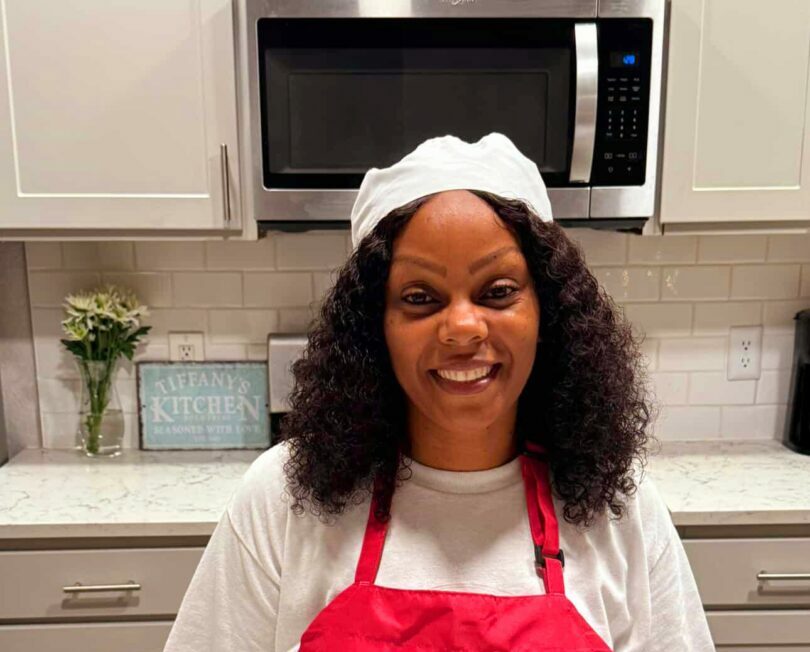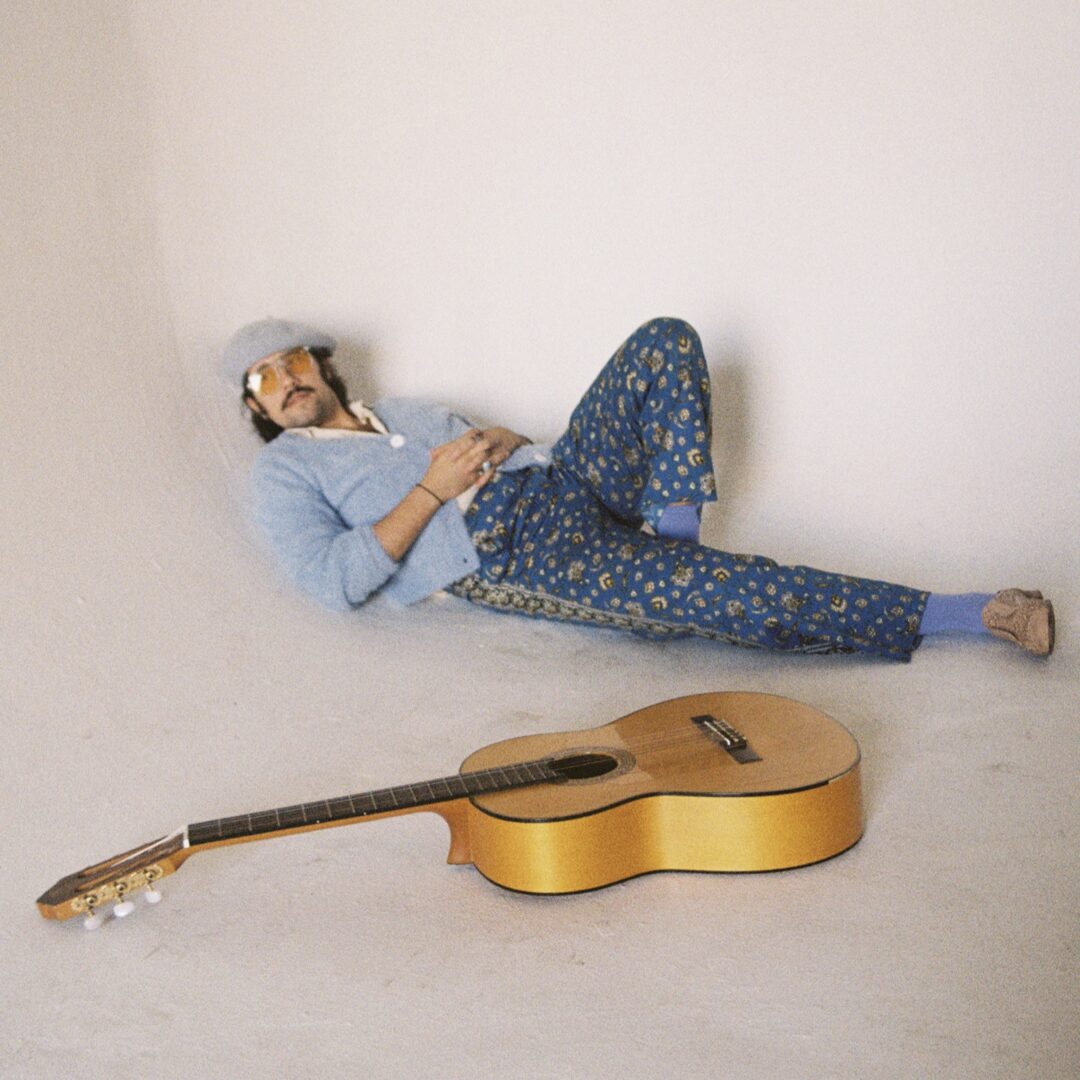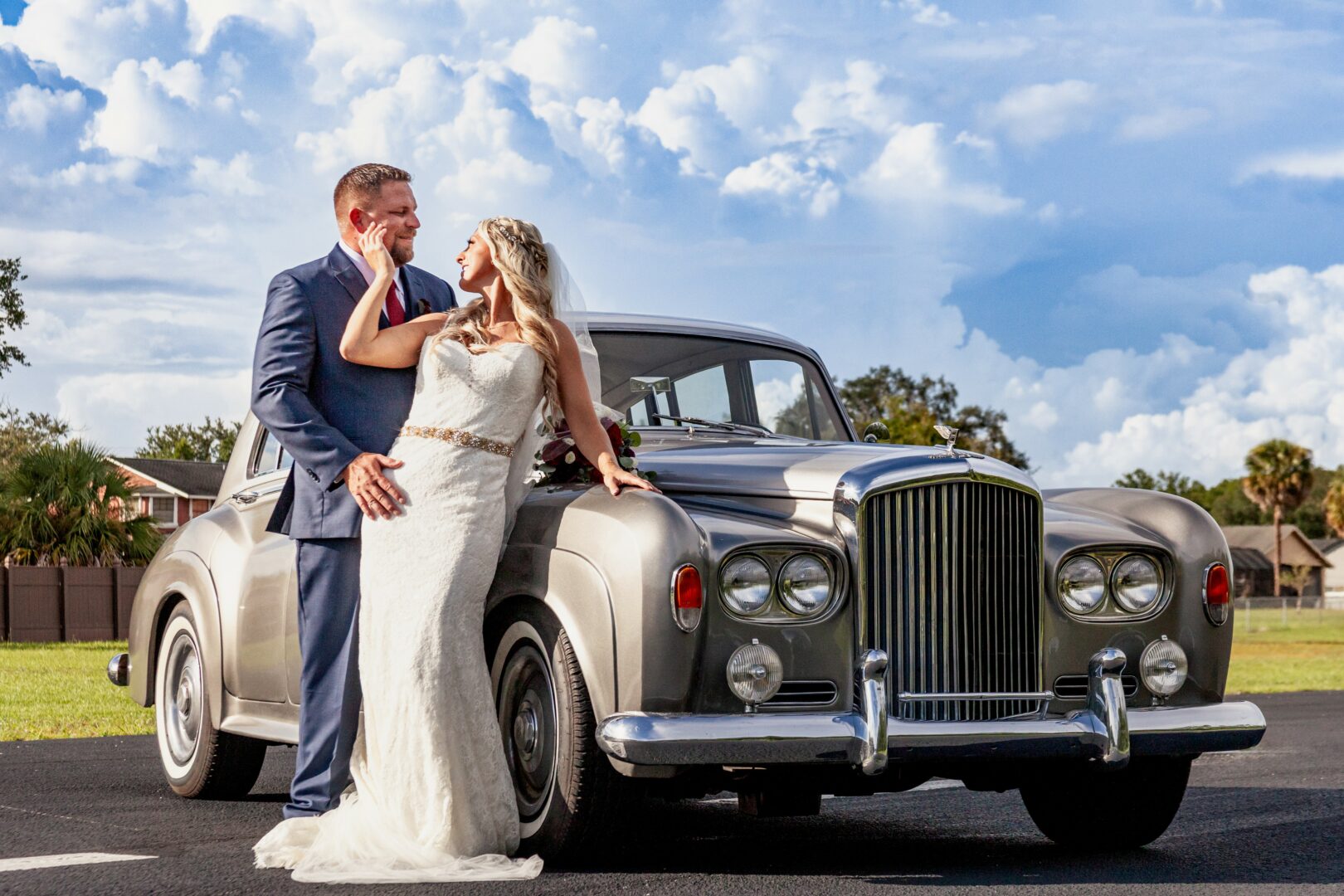We’re excited to introduce you to the always interesting and insightful Neesh Riaz. We hope you’ll enjoy our conversation with Neesh below.
Neesh , we’re so excited for our community to get to know you and learn from your journey and the wisdom you’ve acquired over time. Let’s kick things off with a discussion on self-confidence and self-esteem. How did you develop yours?
To put it simply: conditioning. I truly believe we are the products of what happens to us, and that, to an extent, “what” happens to us is within our control. The “what” can be anything: trauma, triumph, chaos, or most importantly… our thoughts. Our thoughts condition our physical and mental faculties more intensely than any other factor. In fact, our thoughts are so powerful they can even override thousands of years of genetic self-preservation. On the other hand, they are also our greatest tool for building confidence. I’d like to share the journey—from a retrospective lens—that led to mastering confidence and self-esteem.
I developed severe anxiety about life between the ages of 9 and 10. Far too young to meaningfully introspect, I often felt like I was living in third person. I existed as a conduit for whatever happened to me and seldom felt any agency within my own mind. This feeling of dissociation was a result of operant conditioning (a learning process that uses rewards and punishments to modify voluntary behavior). Now, this learning process doesn’t have to be formal (like Pavlov’s Dogs); it can also result from everyday interactions. In my life, those interactions were between a young child and a family who wore their expectations on their sleeves. Because they were so vocal about their expectations, I was subconsciously trained to yearn for their validation and shrink from their disapproval. This conditioning took place over the course of a decade, and as a result, I became a watchful observer of the world around me. Ironically, what instilled a lack of confidence was the very thing that allowed me to build it. As an observer, I was unable to act upon my own expectations, but I could understand the expectations of others. Over time, I developed a keen understanding of how and why people are the way they are—without ever recognizing it in myself. That is, until the day I asked myself, “Why?”
This simple question allowed me to identify why I was the way I was. Why was I shy? Why was I insecure about my body? Why couldn’t I feel joy? As I answered these questions, I realized so much of who I was at that point in my life was a result of conditioning. Then I had another epiphany: If I can be conditioned to become this way, then surely I can condition myself to be a different way. So I started observing what confident people did and began to emulate it. At first, it was a complete ruse—I never truly felt confident—but I figured that with enough conditioning, I eventually would. So day after day, year after year, I purposefully behaved like the person I wanted to be and tried to avoid the person I was. At first, this manifested as physical actions: standing with good posture, smiling, maintaining eye contact, speaking with conviction. As the world around me reacted positively, I started thinking like the person I wanted to be. For example, if I wanted to be someone who didn’t feel nervous speaking in front of people, I would hypothesize what that person might think when faced with nervousness and then adopt that mindset as my own. Over time, with enough conditioning, I was able to think like “the person I wanted to be” without consciously trying.
My confidence and self-esteem have wavered over the years, but through the power of conditioning, I’ve been able to experience confidence that lives independently of others’ expectations.

Thanks, so before we move on maybe you can share a bit more about yourself?
I speak for a living! I have my own music show on iHeart Radio called The Garage Mahal, which airs on Rukus Avenue Radio. I highlight South Asian artists from all around the world, primarily in the Hip-Hop and R&B genres. I’m also a professional interviewer for red carpet and private events. Notably, I was the lead interviewer for Rukus Avenue Radio at the Indian Film Festival of Los Angeles this year, where I spoke with an incredible array of directors, actors, and producers from the South Asian film industry, both in the U.S. and abroad. I also had the privilege of interviewing celebrity panelists at the 2nd annual “Jiva Mental Health Charity Gala: Emerging from Shadow to Light.” Jiva Mental Health is the first organization to address the unique mental health needs of the South Asian diaspora in the Western world. Lastly, I interviewed “sakharii” in front of a live studio audience; he’s an emerging musician from LA, and I was honored to host the listening party for his new album, Water.
I love what I do because it lets me experience life through so many different lenses. As I mentioned earlier, I used to be an observer of the world around me, and because of that, I can connect with people on a deep level—even if we’ve just met. Speaking with talented people from all over the world offers me unique perspectives that help me interpret the universe in new ways. I’ve found that the more people I speak with, the better I understand both the world and myself.
What’s new? Catch me every Tuesday at 5 PM PST for The Garage Mahal on Rukus Avenue Radio, exclusively on iHeart Radio. I recently starred as a contestant on Netflix’s hit reality series The Mole (Season 2). I just booked my first screen modeling gig for LA Fitness, so follow me on Instagram if you’d like to see more! Lastly, I’m producing a new series of South Asian cinema events in Los Angeles that showcase the diversity of food, craft, and culture within our diaspora.
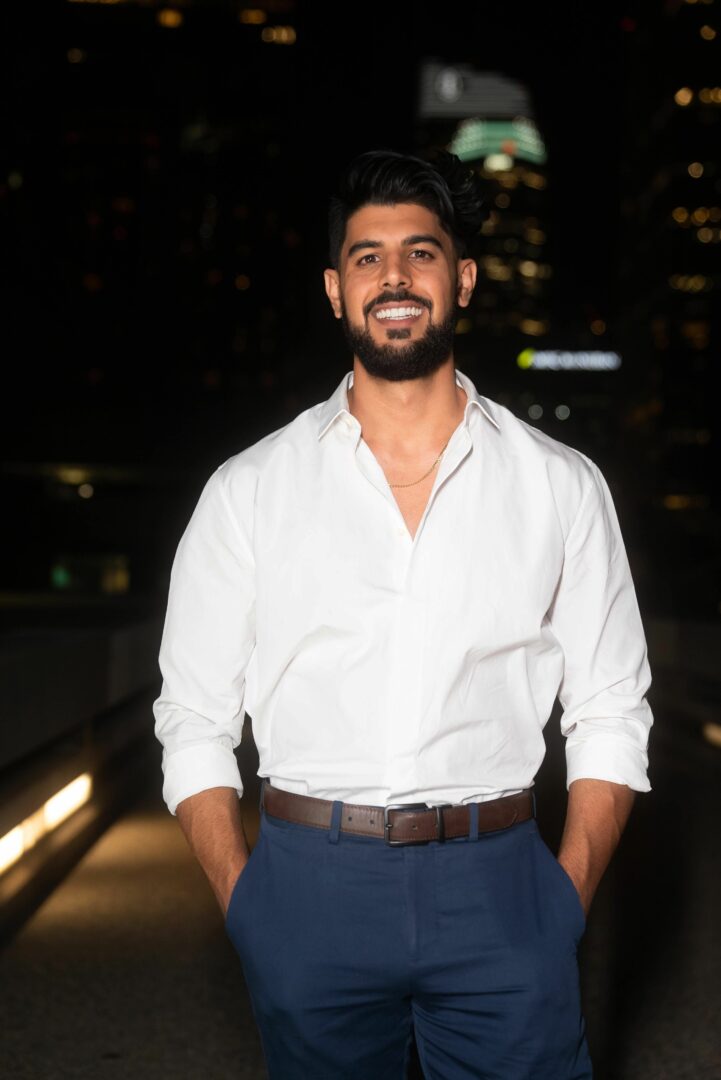
Looking back, what do you think were the three qualities, skills, or areas of knowledge that were most impactful in your journey? What advice do you have for folks who are early in their journey in terms of how they can best develop or improve on these?
The three skills that had the most impact on my journey are optimism, logic, and empathy. At first glance, my list might not seem to consist of skills, but rather characteristics or ideologies. However, these characteristics only manifest tangibly when used together. The ability to use all three in conjunction is a skill I rely on every day. Optimism is a mindset I’ve refined through the balance of logic and empathy. Too much logic, and optimism becomes tainted with ego. Too much empathy, and optimism turns into delusion. Carefully managing this balance means using logic to meet my mental needs for happiness and using empathy to do good by others. Living authentically and with kindness has brought me the success I enjoy today.

As we end our chat, is there a book you can leave people with that’s been meaningful to you and your development?
Here’s the passage with corrected grammar and improved clarity:
Without a doubt, Thinking, Fast and Slow by Daniel Kahneman is one of the most impactful books I’ve read. The book’s main thesis differentiates between two modes of thought: “System 1” is fast, instinctive, and emotional, while “System 2” is slower, more deliberative, and logical. In the book, Kahneman explains the evolutionary reasons for System 1 and System 2 thinking. I had the pleasure of reading it while earning my Philosophy degree from Sacramento State. My takeaway from the course was that we are animals who rapidly evolved beyond what our brains were initially capable of handling, resulting in vestigial thoughts.
In biology, a vestigial structure is a physical feature in an organism that has lost most or all of its original function through evolution (Like a tailbone or appendix). Analogously, a vestigial thought is one that has lost most of its original function over time. Kahneman characterizes these thoughts as biases. For example, consider the “Imaginability Bias”—estimating the frequency of an event based on how easily a few instances can be recalled. In early human history, this bias was a useful tool for avoiding danger. Imagine two ancient humans who hear rustling in a bush. Human A immediately flees, recalling that rustling often signals a predator, while Human B, without this bias, continues walking toward the bush. In this instance, the rustling is caused by a harmless rabbit. Although Human B survives, Human A would survive more often in the long run, especially across millions of similar incidents over thousands of years.
Now, a modern human who has used the imaginability bias to survive for thousands of years rarely faces the threat of predators in bushes, yet still falls victim to this bias, which no longer suits their needs. After reading this book, I realized I was often thinking from a biased point of view. Over time, I was able to decondition these vestigial thoughts from my mind, and as a result, I found clarity in my day-to-day life.
Contact Info:
- Website: https://linktr.ee/neesh_me
- Instagram: https://instagram.com/neesh__me/
- Other: https://www.iheart.com/live/rukus-avenue-radio-10124/
This is a link to the station I host on
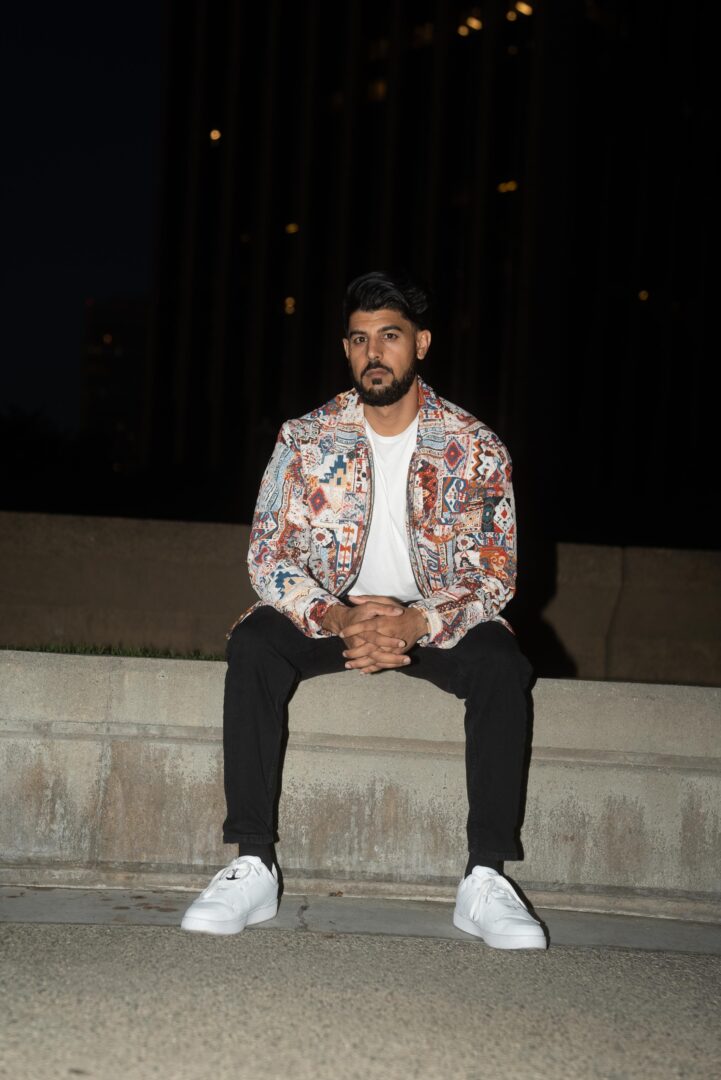
Image Credits
FlyingBeardPhotography
KgVisualz
so if you or someone you know deserves recognition please let us know here.


